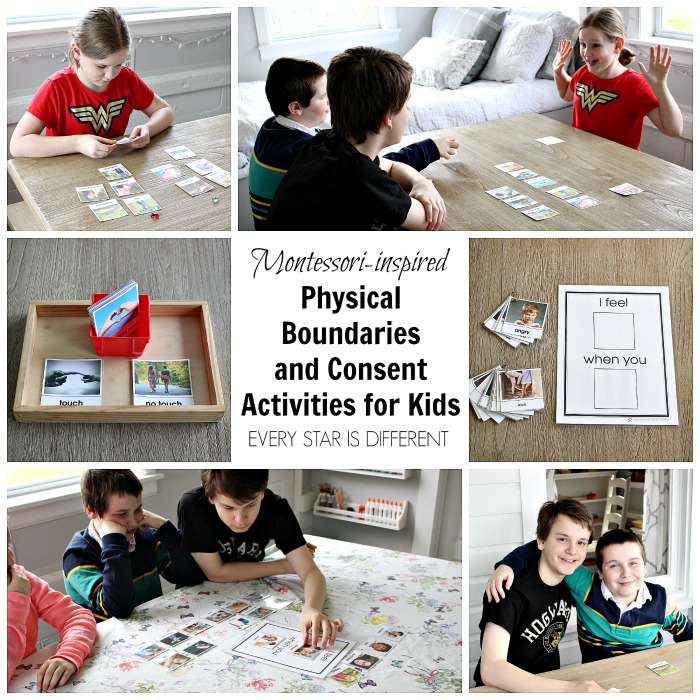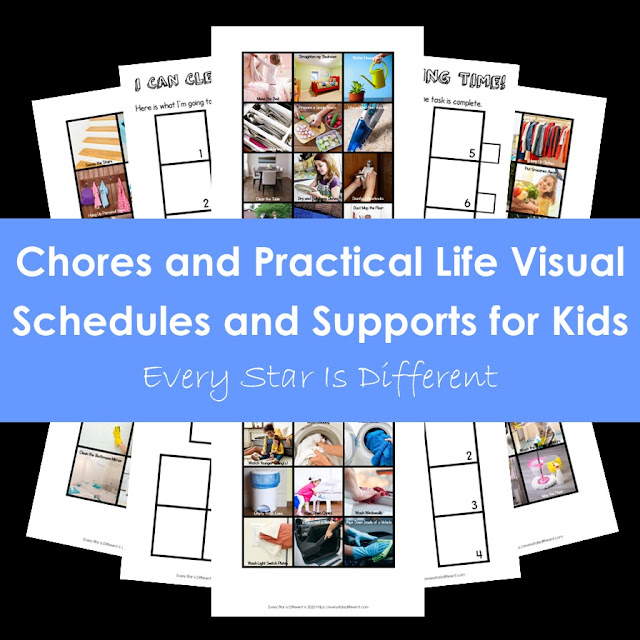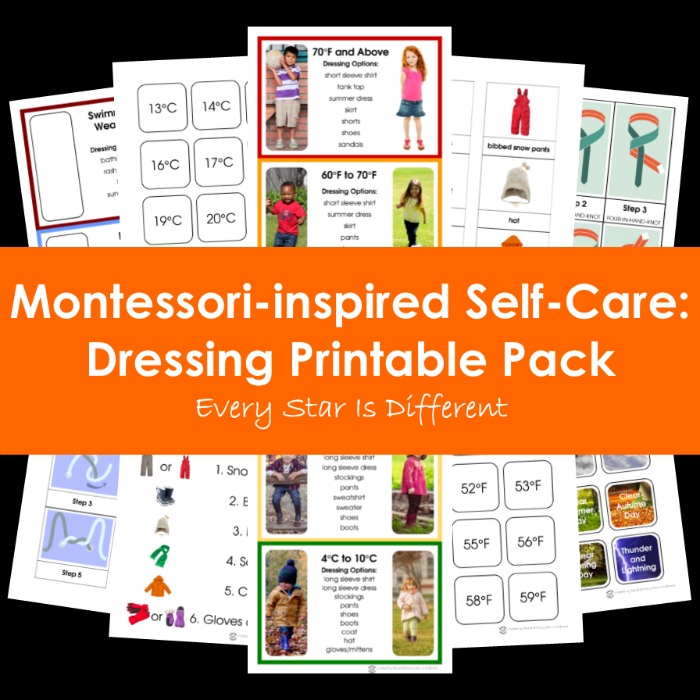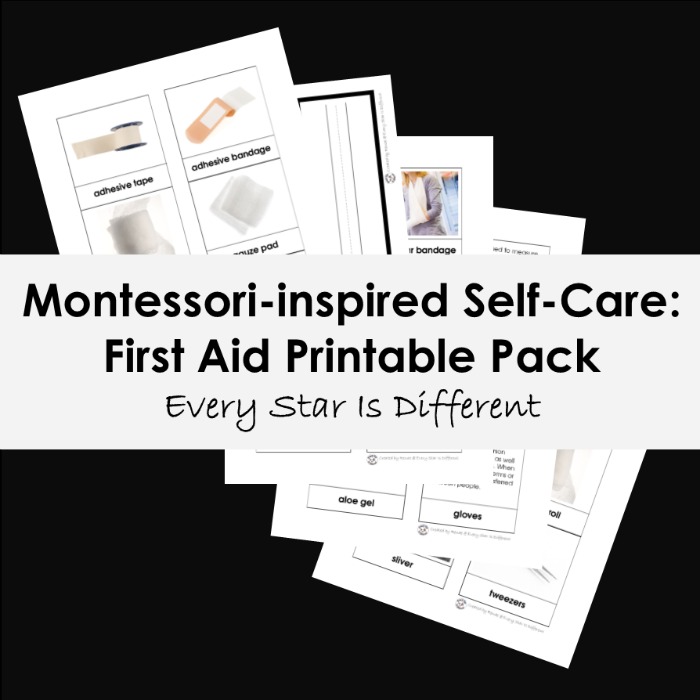It is with the gracious permission of my husband that I share this post with you.
Enjoy a day in the life of my autistic husband!
Many are interested about what our marriage looks like day to day with my husband being on the autism spectrum and also having ADHD and an anxiety disorder.
I will be honest, it's taken many years to figure out what works best in our marriage, while meeting my husband's needs and mine at the same time.
Focusing on strengths combined with effective communication, and mental health therapy to help with past trauma has made all the difference.
A Day in the Life of My Autistic Husband
Our Morning Routine
Our weekdays start out between 4:30 and 5:30 AM, depending on if we wake up an hour earlier so that we can both work out.
My husband is not a morning person.
We usually don't interact much at all, except for during family scripture study and prayer, which takes place before I take our boys to an early morning religious class at 6:25 AM.
Scripture Study Ideas for Families
I usually exercise first thing (if we wake up at 4:30 AM), while he spends time in the kitchen getting ready for the day.
Once I leave, he exercises and then spends more time in the kitchen.
One of my husband's autism passions is cooking.
He is a foodie, who collects cookbooks and reads them from cover to cover.
Our family significantly benefits from this autism passion.
My husband prepares a hot breakfast every morning with a fruit smoothie on the side.
40+ Breakfast Recipes: Gluten Free, Dairy Free, Soy Free, Corn Free and Refined Sugar Free
I enjoy cooking and baking, but not nearly as much as he does.
The boys and I return from their religious class at about 8 AM. I bring my laptop and work in the van while they're in class to save on gas money.
My husband usually has breakfast prepared pending any unforeseen complication.
I am usually leaving the house with children by 8:30 AM for morning appointments.
This is the same time that my husband transitions to his office upstairs in our home to work.
Monday is the one exception to this routine, as my husband and I go to therapy appointments and run errands.
Usually by 8 AM, my husband is awake and ready to be around others.
We respect that he needs this time, especially since he uses it to prepare the most delicious breakfasts.
I am very much a morning person, so I don't mind running around and getting a ton done without too much interaction.
On mornings when the kids don't have their early morning religious class, we will sleep in, lie in bed together and cuddle, talking as my husband slips in and out of sleep multiple times for at least an hour.
When he starts snoring or doesn't respond to a question, because he's asleep I have my own little meditation and planning I do. Lol.
The Work History
Over the course of our almost two decades long marriage, my husband as attempted many jobs outside of the home.
He has a master's degree in marriage and family therapy from a very pristine school.
When we lived in New York, he became fully licensed to practice in that state. This license does not carry over to Virginia, where we currently live.
My husband has worked in residential facilities, addiction recovery homes and offices. He's done emergency services, in-home therapy, and out-patient therapy.
With every position has come challenges, especially when it comes to managing time, organization, and prioritization.
There are also struggles when communicating effectively with co-workers and supervisors.
Some jobs he has lost, others he's chosen to leave knowing the end was coming.
In between therapy jobs, my husband has tried different positions at Walmart, which he has enjoyed.
How Can I Help My Autistic Child Prepare for Work and Career?
Other times he's remained home with me, working as a full time foster parent, being a one-to-one for our youngest, or creating printables for Every Star Is Different.
Through all of these experiences, we've learned that my husband does his best working at home with me.
When he has jobs outside of the home, he struggles to transition back to family life.
He is exhausted and burned out from being all he needs to be for others while working and self-regulating.
This can lead to irritability, meltdowns, and/or zoning out and not being present.
My husband does best with a very predictable schedule that doesn't change from day to day,
A work day without interruptions and multiple stops and starts provides the best results.
Work outside of the home always varies so much. It was too much.
If he does decide to return to the work force, he has decided that his ideal job is working produce at a grocery store or being a delivery person.
The Work Day
My husband starts his workday at 8:30 AM, with the exception of Mondays.
The two of us go grocery shopping and run errands on Monday mornings.
He prefers an office upstairs to himself without distraction, which I respect.
While he works, he enjoys listening to podcasts and his favorite music.
I work downstairs around the kids, unless we're editing printables together about once a month.
Lunch is at noon.
My husband takes a break to join the family for this meal and to touch base on how his work is going.
Before heading back upstairs to his office, he's always sure to show some type of affection.
Together we've made a daily, weekly, and monthly schedule for him to follow.
We do check-ins about twice a day, unless he has questions, which means more interactions.
Once a week we sit down and walk through projects together, discussing weekly plans.
At the end of each month we review goals and see where we're at.
My husband knows that one of the accommodations he needs is extra time.
What may take someone else an hour, takes him three hours.
We accept this and know he can play catch up on the weekends.
If we set deadlines, I know I'm going to help, because deadlines are difficult for him to meet, and even then we may be a day or two late.
But, because his work is so well done and always improving, I feel the printables are always worth the wait.
My husband likes that he has one job and one job only, to make printables, yet it changes regularly based on the theme of the printables.
Two of my husband's autism passions are reading and learning. He researches everything before creating resources for teachers and children.
I love that he has this autism passion, because research for printables is my least favorite thing to do.
When it comes to printables, my husband uses templates that we've already created.
He struggles to create new ones, especially when it comes to math printables, where there is a lot of spatial and visual work to be done. I create those ones.
Please know when you purchase our printables, you are not only supporting our family, but the success of my autistic husband.
While my husband works, I work, homeschool our children, and take them to any extra curricular activities they may have.
The Evening
Because my husband has worked in his office, by himself all day without being over stimulated, dysregulated, or interrupted, he is able to function at his best after work.
At 4 PM, he touches base with me about how the afternoon went and then heads to the kitchen to make dinner.
By this time I've only been able to fit in about three or four hours of work between homeschooling and all of the kids' activities and appointments.
I work while my husband prepares dinner.
Once again our family benefits greatly from my husband's cooking skills.
He prepares just about everything from scratch, using only the best ingredients he can find locally.
If the kids have extra curricular activities in the evening, my husband takes them, while I stay at home watching a movie and working, like I am right now.
When my husband leaves the house, he always gives me a kiss goodbye.
Because we have such an early schedule, the kids head upstairs about 8 PM to wind down.
My husband and I spend time together either watching a show or reading, before bed and private time.
Both of us are introverts who love spending time at home, so this is completely fine with us.
Once we're in bed, my husband always says a couples prayer. (I confess, I'm the one falling asleep at night during this process.)
Changes to Schedules
If my husband's day changes, he does struggle to function at his best.
He won't have a full on meltdown or anything, but he will need extra verbal prompts to know what to do until his routines and schedules go back to normal.
Over the years, he's become really great at expressing anxiety and overwhelm.
When we make changes to our schedule or if we go on vacation or take a break, it most often takes my husband two weeks to get back into the swing of things and feel completely regulated again.
While on the vacation or break, my husband needs a ton of extra supports to feel okay.
Changes in routines and schedules cause significant anxiety and overwhelm.
Because we know this, we can be patient with this process and provide the extra supports he may need.
Saturdays
Our weekend starts with family game day on Friday afternoon and Friday movie night after dinner.
Saturdays are the days of the week that change the most.
Our schedule depends on what extra curricular activities the kids have, if we're hosting a teen event at our home, or if we have to travel to visit our youngest daughter in residential placement.
We try to keep our Saturday schedule as consistent as possible, while at the same time allowing extra time in case my husband needs to finish up some printables.
Mornings start with scripture study and breakfast, followed by morning routines, chores, and Saturday cleaning.
Lunch is followed by Xbox and work time.
The goal is to spend as much time together as a family as we can during the day.
No matter what goes on during the day, my husband and I always try to spend time together in the evening, usually watching a movie at home with snacks.
Sometimes we have the kids join us, sometimes not.
Sundays
Sundays are the day of the week with the most guaranteed interactions with others, as we attend church.
My husband isn't one to socialize with others unless a conversation is initiated by someone else.
This doesn't mean he doesn't like people or anything, he's just focusing on being him and doing the best he can in a situation that can overwhelm the senses and cause dysregulation.
He will participate in religious class discussions and serve when and where he's asked though.
Church is over by lunch time each week.
Sunday afternoons and evenings are spent planning for the week ahead, etc.
Almost every afternoon my husband sleeps for at least an hour if not longer.
Sundays really wear him out.
Church and planning take a lot of energy and effort.
Add that to the fact that we don't wake up and go to bed at the same time on weekends that we do on weekdays.
Sleeping can be a fabulous way to shut down and regulate.
Appointments
Due to communication deficits and social anxiety, my husband usually doesn't take our kids to appointments.
The kids feel more comfortable with mom, as she'll always speak up, ask questions, etc.
My husband is fantastic at attending meetings and appointments where the parent is just supposed to smile and nod, as updates are read to team members etc.
I love that he can attend these meetings, because I don't do as well in that type of situation.
When it comes to appointments for my husband, sometimes I attend, and sometimes I don't. It all depends on what the appointment is about and how detailed it will be.
Chores and Household Responsibilities
Those with ADHD are not necessarily known for their ability to pick up and keep things tidy, nor are they known for their organization skills.
My husband is no exception.
I take the responsibility of keeping the inside of the house and vehicle tidy and organized, with the help of the kids.
The cellar and garage are my husband's responsibility.
We've agreed it's best that I don't go looking for anything in those areas, but instead just ask him. Lol.
My husband takes the trash out and gets the mail daily.
He is a rockstar when it comes to taking the trash out to the road to be picked up weekly. This is one thing I never have to remind him about.
Though he's not one for organizing, he will clean, so long as I tell him the specific rooms or tasks I would like him to do.
On the weekends, if he doesn't have work to finish, he will help me clean.
My husband and I work together on house projects.
I usually take the lead in areas where there's a need for attention to detail, measurement, or anything like that. House projects are a passion of mine, not his, so we don't mind this arrangement at all.
Outdoor projects are also an area where I lead and my husband follows, which is completely okay to us.
We both are very quick to hire a plumber, electrician, carpenter, etc. when something seems too difficult to tackle.
Rituals and Routines
My autistic husband definitely has his daily rituals and routines.
Personal hygiene tasks are done in the same order.
He plays games on his phone in the morning before he goes to his office to work.
At lunch he reads a cookbook while he eats.
When he cooks meals, he follows the same step-by-step preparation process.
Each day he takes time to observe birds and other wildlife in our yard.
He reads every night before bed.
His daily expressions of affection towards me follow a routine. He then tries to add in spontaneous expressions of affection as well.
Every time my husband runs errands or fills up the van with gas, he picks up a drink and a snack at the store.
Conclusion
Some may wonder how my husband's day-to-day life effects me.
We have worked so hard on our marriage to be where we are today.
There have been some really low lows and challenges while trying to figure out what works for my husband, for me, and for us as a couple.
I am absolutely thrilled that my husband is in a place where he feels good about himself, successful in his work, and regulated throughout his day.
When he does well, our family does well.
We do well as a couple.
Autism doesn't disappear when a teen becomes an adult, when a single man becomes a husband, and when a husband becomes a father.
Every new experience brings with it a new self-regulation challenge.
This challenge doesn't mean that an autistic man can't be successful in marriage, parenthood, work, etc.
It's all just a matter of figuring out what works best.
I'm so excited that we're at this point!
If you enjoyed this post, you may also like the resources below.














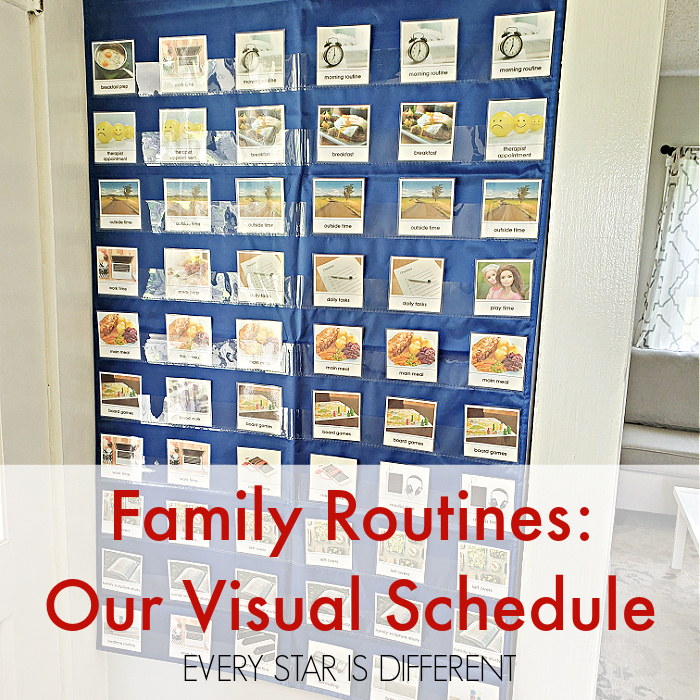


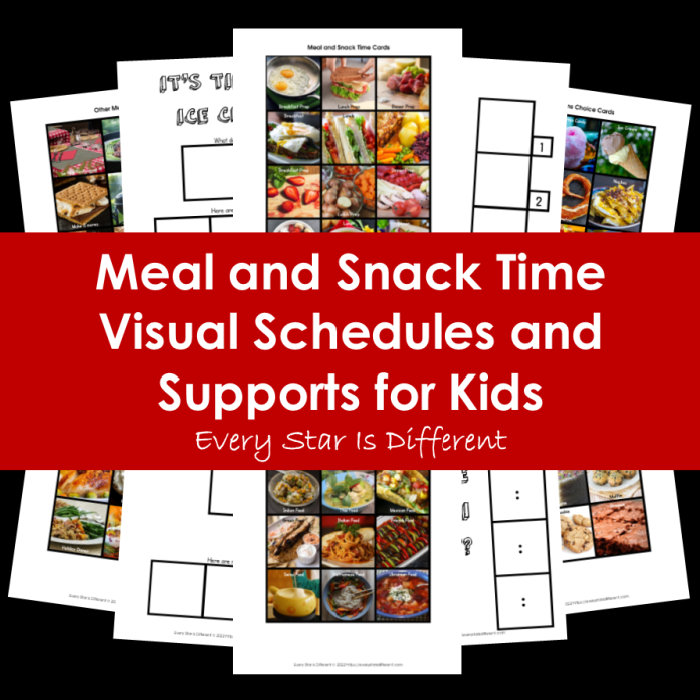
.jpg)
.jpg)



.jpg)






.png)
